Telescopes That Can See Planets ?
Telescopes that can see planets are known as astronomical telescopes. These instruments are designed to observe celestial objects, including planets within our solar system. There are various types of telescopes used for this purpose, such as refracting telescopes, reflecting telescopes, and compound telescopes. These telescopes utilize lenses or mirrors to gather and focus light, allowing astronomers to study the planets in detail. Some of the most famous telescopes used for planetary observations include the Hubble Space Telescope, the Kepler Space Telescope, and the James Webb Space Telescope (set to launch in 2021). These telescopes have provided valuable insights into the characteristics, atmospheres, and compositions of planets, contributing to our understanding of the universe.
1、 Optical telescopes for planetary observation
Optical telescopes for planetary observation are powerful instruments that allow astronomers to study and observe planets in our solar system and beyond. These telescopes use visible light to capture images and gather data about the planets' atmospheres, surfaces, and other characteristics.
One of the key advantages of optical telescopes for planetary observation is their ability to provide high-resolution images. With advancements in technology, these telescopes can now capture detailed images of planets, revealing features such as craters, mountains, and even weather patterns. This allows scientists to study the geology and dynamics of planets in great detail.
Furthermore, optical telescopes equipped with spectrographs can analyze the light emitted or reflected by planets. By studying the different wavelengths of light, astronomers can determine the composition of a planet's atmosphere and identify the presence of certain gases, such as oxygen or methane. This information is crucial in understanding the potential habitability of exoplanets and searching for signs of life.
In recent years, there has been a growing interest in developing telescopes that can directly image exoplanets, planets orbiting stars outside our solar system. These telescopes aim to capture the faint light reflected by exoplanets, allowing scientists to study their atmospheres and potentially detect signs of life. While this field is still in its early stages, the development of advanced optical systems and adaptive optics techniques has brought us closer to achieving this goal.
In conclusion, optical telescopes for planetary observation play a vital role in our understanding of planets within our solar system and beyond. They provide detailed images and spectroscopic data that help scientists unravel the mysteries of these celestial bodies. With ongoing advancements in technology, we can expect even more exciting discoveries and insights from these telescopes in the future.
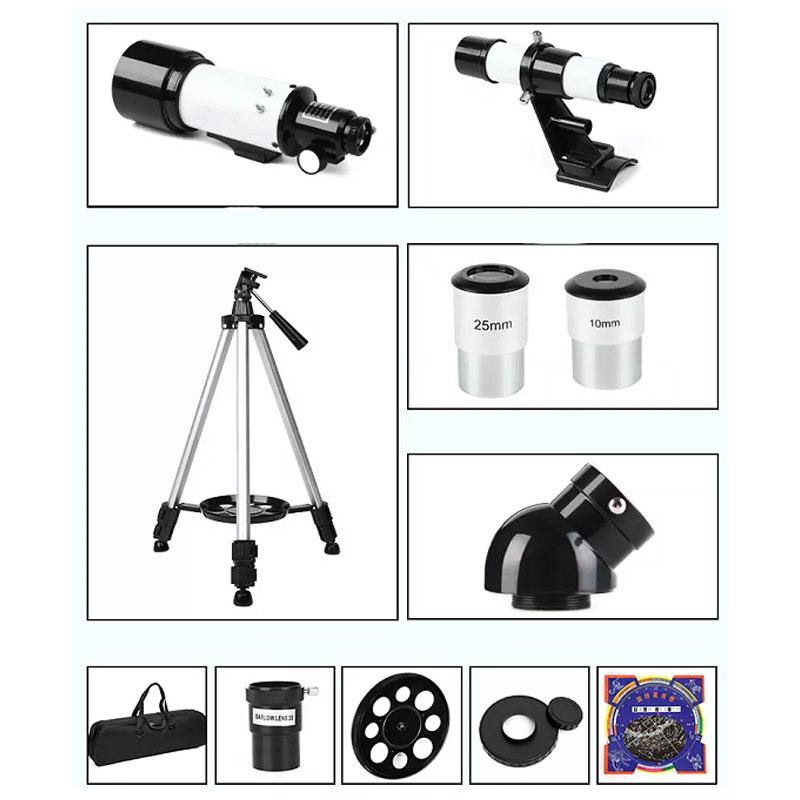
2、 Radio telescopes for planetary exploration
Radio telescopes for planetary exploration are an essential tool in our quest to understand the mysteries of the universe. These telescopes use radio waves to detect and study celestial objects, including planets. They have proven to be invaluable in providing valuable insights into the composition, atmosphere, and even potential signs of life on other planets.
One of the key advantages of radio telescopes is their ability to penetrate through dust, gas, and other obstacles that may hinder the observation of planets using traditional optical telescopes. This allows scientists to study planets that are located far away or are obscured by dense atmospheres. By analyzing the radio emissions from these planets, researchers can gather information about their atmospheric conditions, magnetic fields, and even the presence of water or organic molecules.
Moreover, radio telescopes have the potential to detect and study exoplanets, which are planets located outside our solar system. By observing the radio emissions from these distant worlds, scientists can determine their size, orbit, and even the presence of moons or rings. This information is crucial in our search for habitable planets and potential extraterrestrial life.
In recent years, advancements in radio telescope technology have further enhanced their capabilities for planetary exploration. For example, the Square Kilometre Array (SKA), a next-generation radio telescope currently under development, aims to revolutionize our understanding of the universe. With its unprecedented sensitivity and resolution, the SKA will enable scientists to study planets in even greater detail, potentially unveiling new insights into their formation and evolution.
In conclusion, radio telescopes for planetary exploration are a powerful tool that allows us to study planets both within and beyond our solar system. With their ability to penetrate obstacles and detect radio emissions, these telescopes provide valuable information about the composition, atmosphere, and potential for life on other planets. As technology continues to advance, we can expect even more exciting discoveries and insights from radio telescopes in the future.
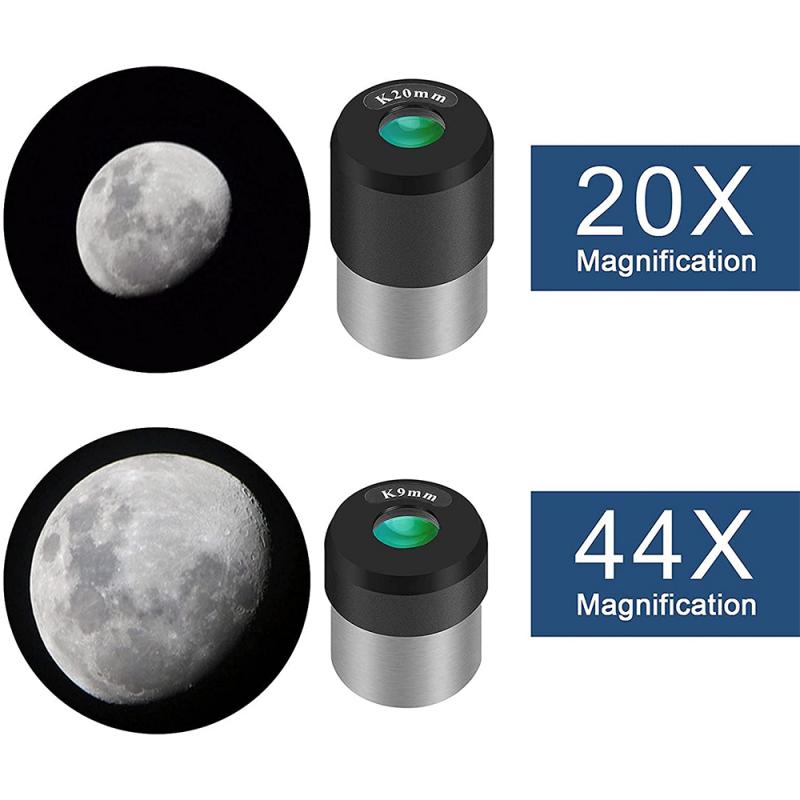
3、 Infrared telescopes for studying planetary atmospheres
Infrared telescopes for studying planetary atmospheres have become invaluable tools in our quest to understand the composition and dynamics of planets beyond our solar system. These telescopes are designed to detect and analyze the infrared radiation emitted by planets, providing crucial insights into their atmospheres.
By observing the infrared spectrum, scientists can identify the presence of various gases, such as water vapor, carbon dioxide, and methane, which are key indicators of habitability and potential for life. Infrared telescopes can also measure temperature variations across a planet's surface, helping us understand its climate patterns and atmospheric circulation.
One of the latest advancements in this field is the development of high-resolution infrared spectroscopy, which allows scientists to study the chemical composition of exoplanet atmospheres in great detail. This technique has already yielded exciting discoveries, such as the detection of water vapor in the atmospheres of several exoplanets.
Moreover, the upcoming launch of the James Webb Space Telescope (JWST) is expected to revolutionize our understanding of planetary atmospheres. Equipped with advanced infrared instruments, the JWST will have the capability to study exoplanet atmospheres with unprecedented precision. It will enable scientists to analyze the composition of exoplanet atmospheres, search for signs of habitability, and potentially detect biomarkers that could indicate the presence of life.
In conclusion, infrared telescopes for studying planetary atmospheres have proven to be powerful tools in our exploration of exoplanets. With ongoing advancements and the upcoming launch of the JWST, we can expect even more exciting discoveries and a deeper understanding of the diverse atmospheres that exist beyond our solar system.

4、 Ultraviolet telescopes for planetary surface analysis
Ultraviolet telescopes for planetary surface analysis have emerged as a powerful tool in the field of planetary science. These telescopes are designed to detect and analyze the ultraviolet light emitted or reflected by planets, providing valuable insights into their composition, atmosphere, and surface features.
One of the key advantages of ultraviolet telescopes is their ability to reveal details that are not visible in other wavelengths of light. By observing in the ultraviolet range, scientists can study the interaction between sunlight and the planet's atmosphere, as well as the presence of various chemical compounds. This information is crucial for understanding the atmospheric composition and dynamics of planets, including the potential for habitability.
Moreover, ultraviolet telescopes can provide valuable data on the surface features of planets. By analyzing the ultraviolet light reflected from a planet's surface, scientists can infer the presence of different minerals and materials. This allows for the identification of geological formations, such as mountains, valleys, and impact craters, which can provide insights into the planet's history and geologic processes.
In recent years, there has been a growing interest in using ultraviolet telescopes to study exoplanets, planets that orbit stars outside our solar system. These telescopes can help scientists determine the atmospheric composition of exoplanets, including the presence of key molecules such as water vapor, carbon dioxide, and methane. This information is crucial for assessing the potential habitability of these distant worlds.
In conclusion, ultraviolet telescopes for planetary surface analysis have revolutionized our understanding of planets, both within and beyond our solar system. By detecting and analyzing ultraviolet light, these telescopes provide valuable insights into the composition, atmosphere, and surface features of planets. With ongoing advancements in technology, we can expect even more exciting discoveries and a deeper understanding of the universe around us.












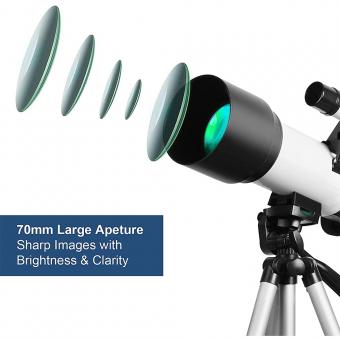




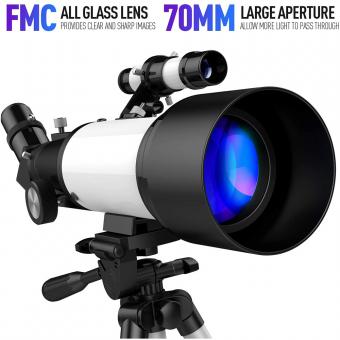









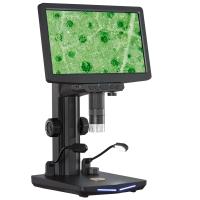










There are no comments for this blog.